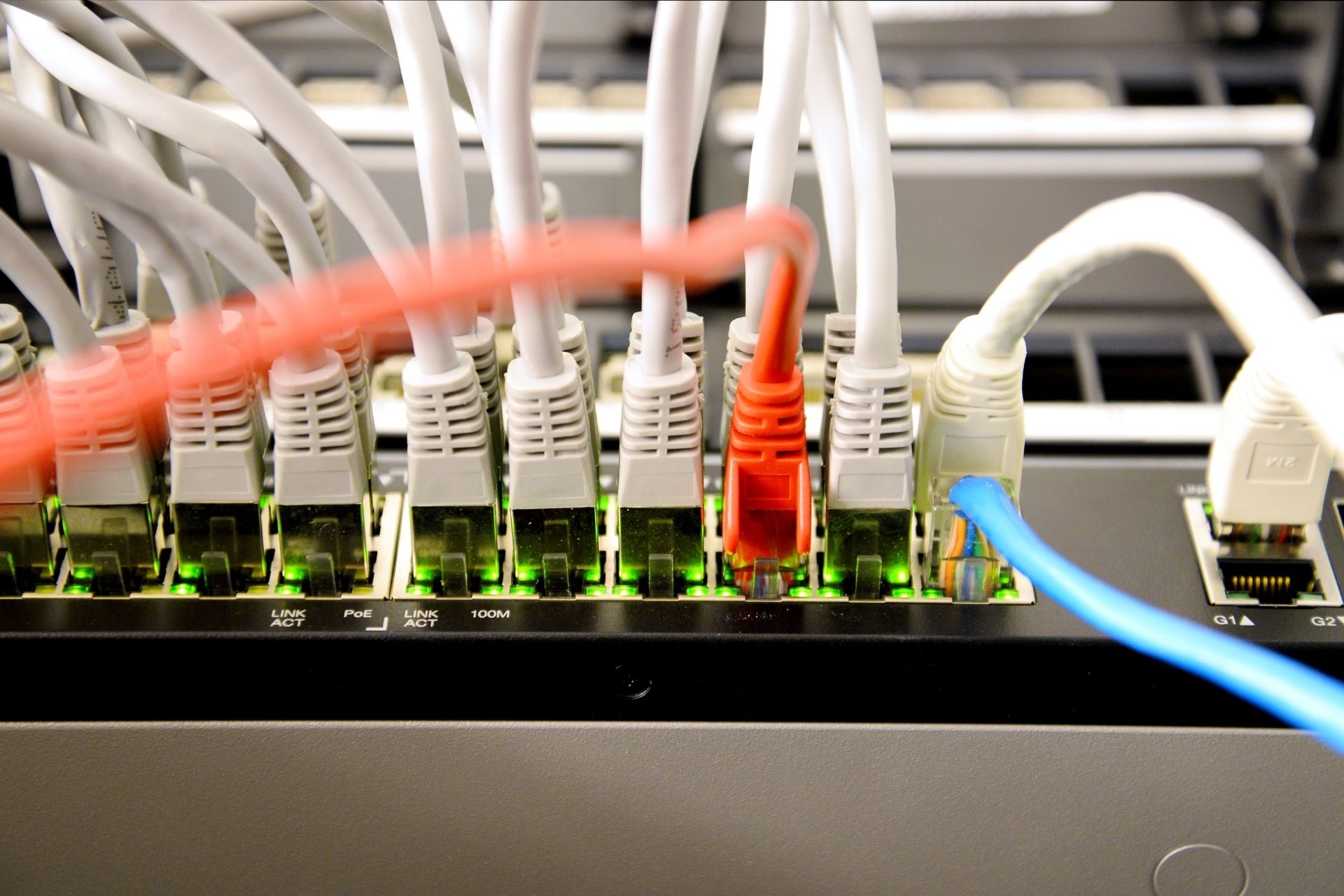Advanced Modulation Formats
What are the advantages of using advanced modulation formats in optical communication systems?
Advanced modulation formats offer several advantages in optical communication systems, including higher spectral efficiency, increased data rates, improved signal-to-noise ratio, and enhanced transmission distances. By utilizing advanced modulation techniques such as quadrature amplitude modulation (QAM) or phase-shift keying (PSK), optical networks can achieve higher data throughput and better performance in challenging environments.



